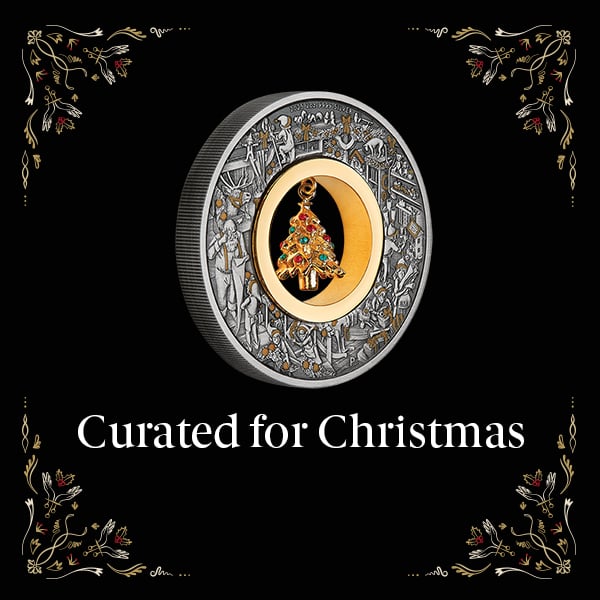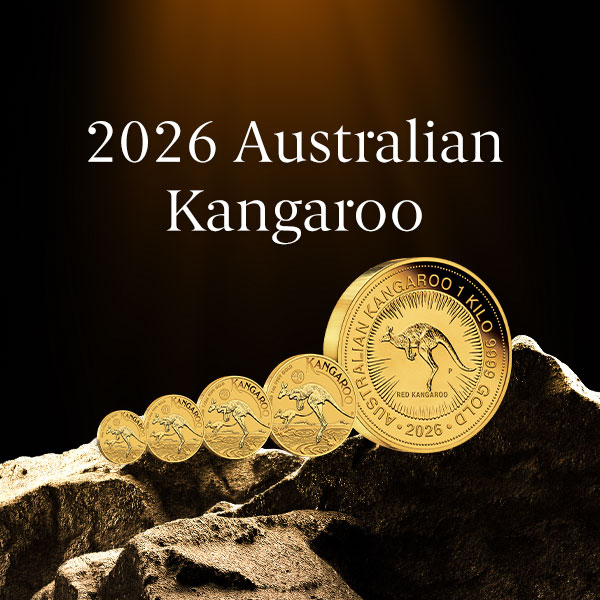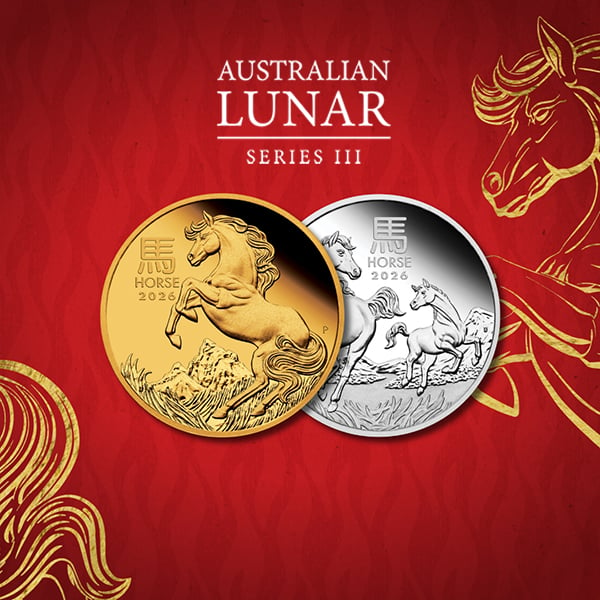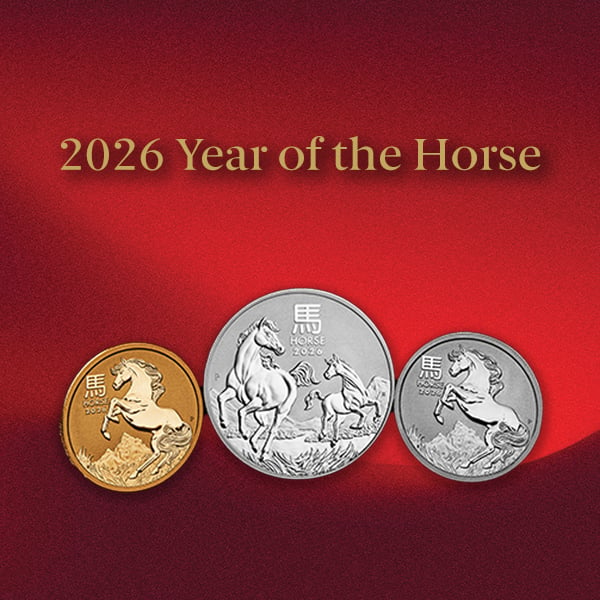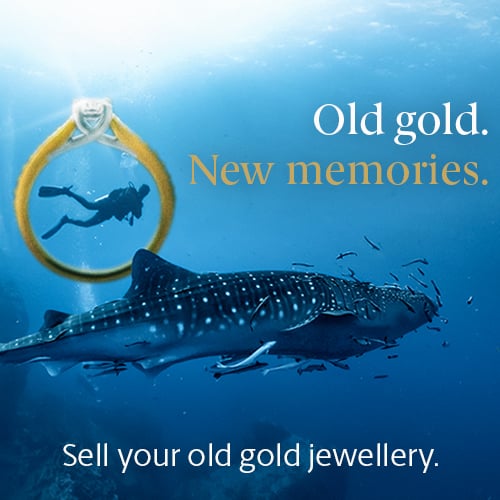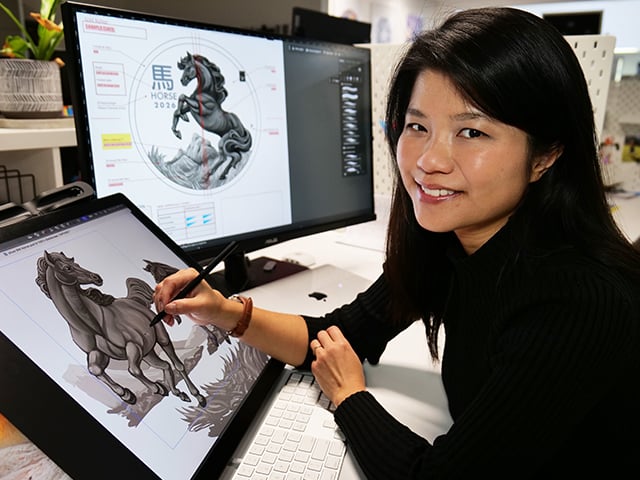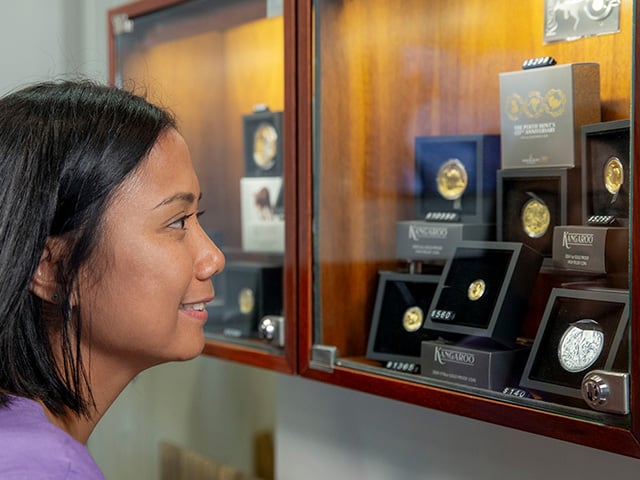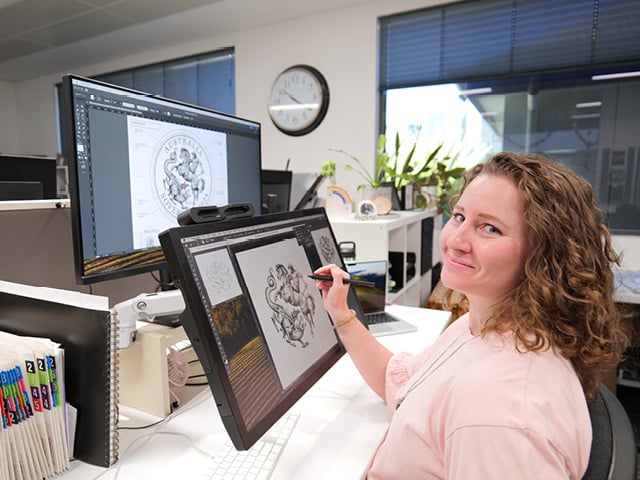Who are the greatest coin collectors?
Numismatics is the name given to the study and collecting of coins and medals, and is derived from nomisma, the Greek word for coin.
It is probable that coins were prized for their aesthetic qualities in the ancient world, while their importance in socio-economic development was appreciated by Herodotus, the 5th century Greek historian.
There were certainly coin collections during the earliest times – but not in the modern sense. In the era before banking, people stored their surplus wealth in leather bags or earthenware jars, which could be buried in troubled times. Coins from such hoards are undoubtedly the source of much of the material now in the hands of museums and some collectors.
From the Renaissance onwards, it was fashionable for gentlemen to possess a coin cabinet – which in some cases was an entire room, shelved from floor to ceiling to house their treasures!
Outstanding among early collectors were the Italian scholar and poet Petrarch, the Medici rulers of Florence, Pope Paul II, Queen Christina of Sweden and the Habsburg Emperor Charles VI.
In Britain, George III set a fine example, and his interest in coins was shared by his personal surgeon, Dr William Hunter, whose wide-ranging collections, including coins and medals, were the nucleus of the Hunterian Museum in Glasgow, opened in 1807.
The collections formed by his brother, Dr John Hunter and their contemporary, Sir Hans Soane, formed the basis of the numismatic collections in the British Museum.
Britain is unusual in having several great institutional collections, including those in the Ashmolean Museum at Oxford and the Fitzwilliam Museum in Cambridge, as well as the Royal Scottish Museum in Edinburgh.
Elsewhere, large and all-embracing collections are housed in the Bibliothèque National in Paris and the Smithsonian Institution in Washington.
Among more recent monarchs who had an abiding passion for coins were King Carol of Romania and Prince Rainier of Monaco, but King Victor Emmanuel III of Italy was a lifelong numismatist, whose studies and scholarly writings on the subject are still widely respected.
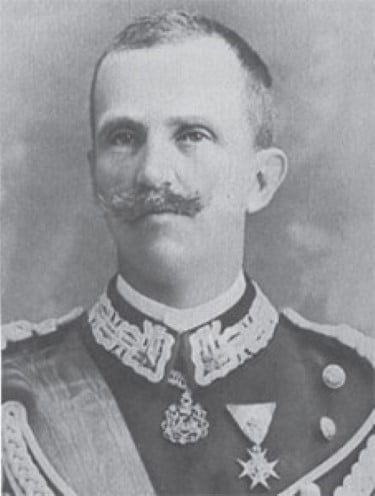
His magnificent collection is now in the Palazzo Massimo alle Terme, Rome.
Some of the greatest collectors of more recent times were Americans, such as the pharmaceuticals magnate Eli K Lilly and the Texan tycoon Nelson Bunker Hunt, who famously tried to corner the world silver market back in the 1970s.
The late Mary Norweb was arguably the world’s leading female numismatist. The sale of her incomparable collections in the United States during the 1980s was spread over many auctions.
Significant names in Australia include the Quartermaster, Pratley Nicholson and Vort-Ronald collections, while the Australian coin collection at the Melbourne Museum is described as the most important of its kind in the world.
[Adapted from THE WORLD ENCYCLOPEDIA OF COINS and COIN COLLECTING]
